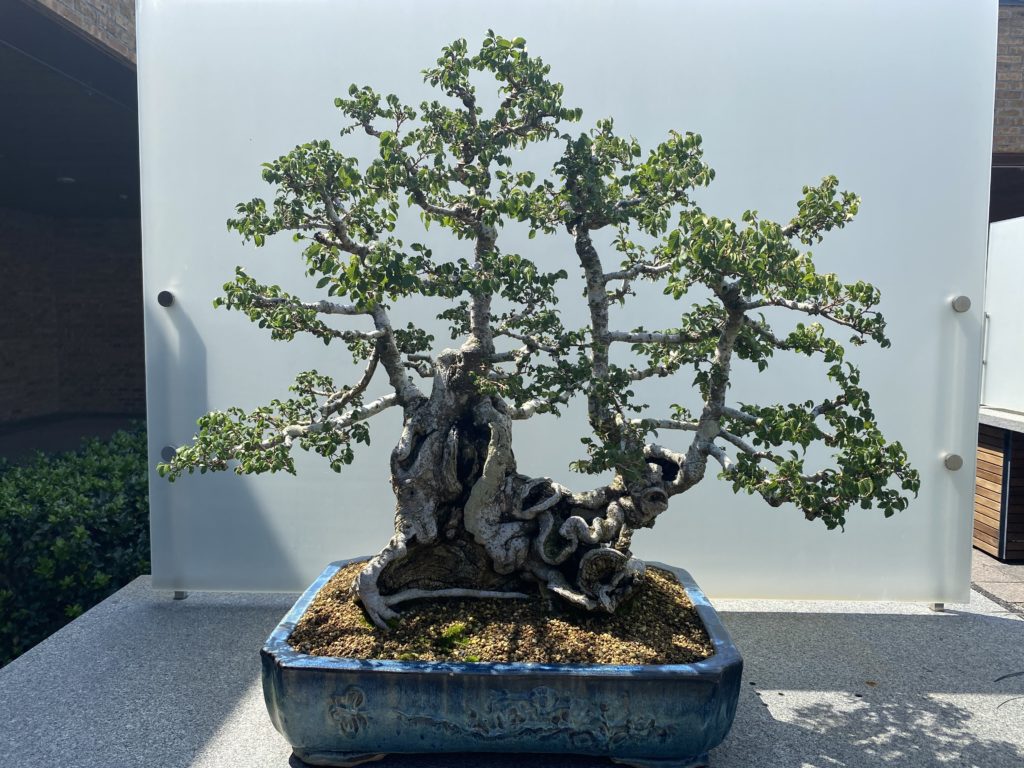Bonsai plants, with their unique and captivating beauty, are a must-have for any home or garden. These miniature trees are meticulously cultivated to replicate the shape and style of their full-sized counterparts, albeit on a much smaller scale. However, raising these delicate plants requires a great deal of attention and expertise. But fret not, with the right techniques and tools, anyone can successfully care for these exquisite plants. In this article, we’ll dive into the intricacies of how to care for a bonsai plant.
From selecting the appropriate soil to pruning and shaping your tree, we will explore some tips and tricks to ensure your bonsai plant thrives. Whether you are a seasoned bonsai enthusiast or a beginner looking to try your hand at this ancient art form, these tips will undoubtedly help you keep your bonsai plant healthy and beautiful for years to come.
Choosing the Right Bonsai Plant for Your Home
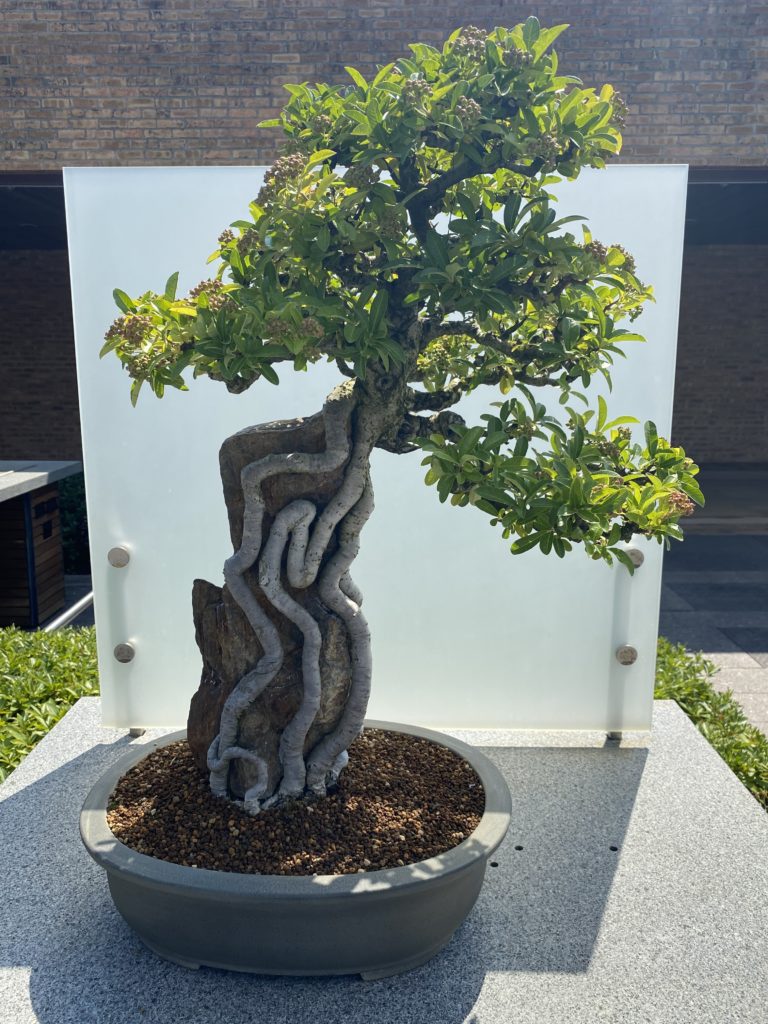
Bonsai plants are a stunning addition to any home, but the task of selecting the right one can be quite daunting. There are a few things to consider when choosing the perfect bonsai plant for your home. Let’s dive into some tips that can help you make the right decision.
First, size matters! Bonsai plants come in various sizes, ranging from small tabletop plants to larger ones that can be placed on the floor. It’s essential to consider the space you have available and choose a plant that fits well in the area.
Second, lighting is crucial! Different bonsai plants require different levels of light. Some prefer bright, direct sunlight, while others thrive in indirect light. It’s essential to choose a plant that can thrive in the lighting conditions of your home.
Third, climate is a significant factor! Bonsai plants come from different regions of the world and have different climate requirements. Some prefer warm, humid conditions, while others thrive in cooler temperatures. It’s crucial to choose a plant that can adapt to the climate of your home.
Fourth, health is wealth! When choosing a bonsai plant, make sure to inspect it for any signs of disease or pests. Look for healthy leaves and branches, and avoid plants with yellowing or wilting foliage.
Last, choose a plant that matches your skill level! Some bonsai plants require more care and attention than others. If you are new to bonsai gardening, choose a plant that is easy to care for and requires minimal maintenance.
By following these tips, you can choose the perfect bonsai plant for your home and enjoy its beauty for years to come.
Understanding the Basic Needs of Bonsai Plants
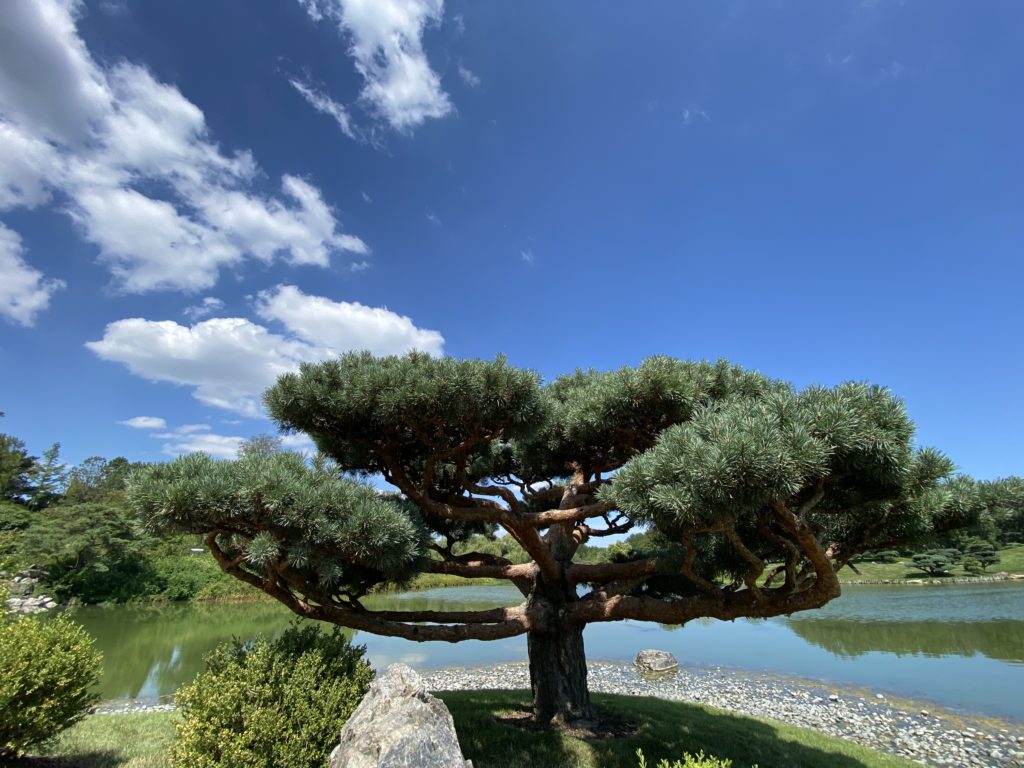
Bonsai plants, those miniature trees that are so beloved by many, require a great deal of attention and care to flourish. It is essential to understand the basic needs of these plants to ensure their health and longevity. Here are some tips to help you understand the basic needs of bonsai plants:
1. Light is a crucial factor in the growth of bonsai plants. They require bright, indirect sunlight to grow, but direct sunlight can scorch their leaves. Therefore, it is best to place your bonsai plant near a window that receives plenty of natural light.
2. Watering is another essential aspect of caring for bonsai plants. However, it is crucial to water them regularly, but not too much or too little. The frequency of watering depends on various factors, such as the type of bonsai plant, the size of the pot, and the environment. Therefore, it is essential to check the soil regularly and water only when the top inch of soil feels dry to the touch.
3. Soil is also a critical factor in the growth of bonsai plants. They require well-draining soil that allows air to circulate around the roots. You can use a soil mix specifically designed for bonsai plants, or you can make your own by mixing equal parts of peat moss, perlite, and sand.
4. Fertilizer is necessary to provide bonsai plants with the nutrients they need to grow. It is essential to use a balanced fertilizer specifically designed for bonsai plants and follow the instructions carefully.
5. Temperature and humidity are also crucial factors in the growth of bonsai plants. They prefer a moderate temperature range of 60-75°F (15-24°C) and a humidity level of around 50%. Therefore, it is best to avoid placing your bonsai plant near drafts or heating vents, as this can cause stress and damage to the plant.
By understanding the basic needs of bonsai plants, you can provide them with the care they need to thrive. With proper care, your bonsai plant can live for many years and bring you joy and beauty.
Watering Your Bonsai Plant
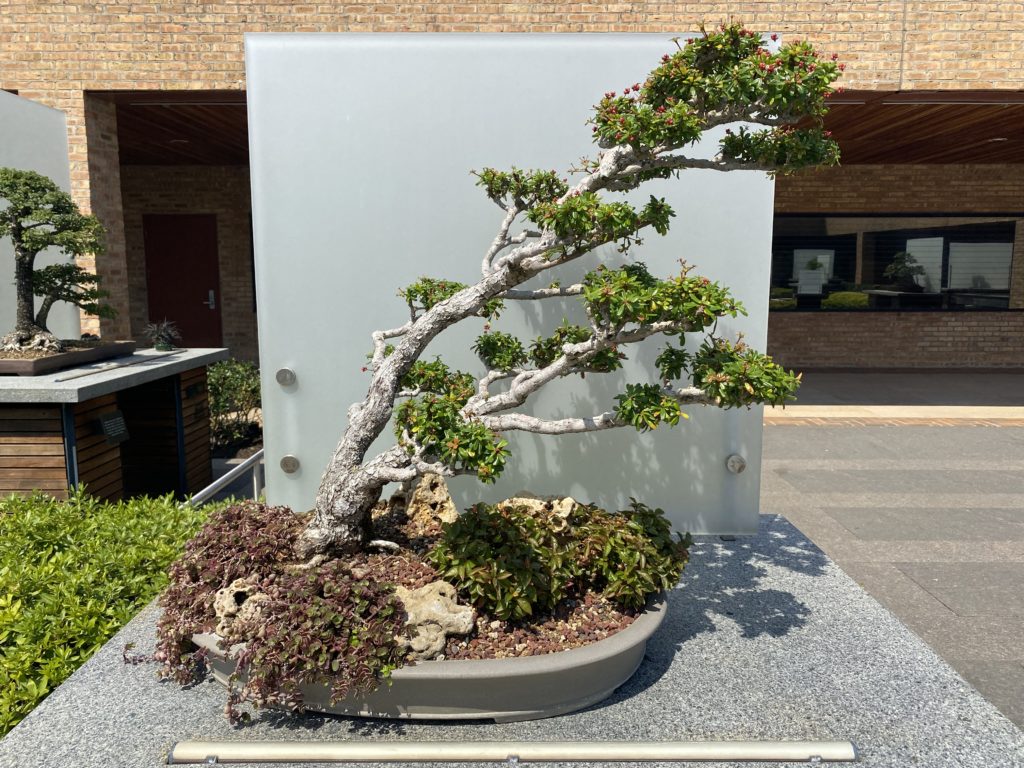
Watering your bonsai plant is a task that requires a great deal of attention and care. It is a crucial aspect of caring for your bonsai plant, and it is essential to provide the right amount of water to keep the plant healthy and thriving. Here are some tips to help you water your bonsai plant with precision and care:
Check the soil moisture
Before watering your bonsai plant, it is important to check the soil moisture level. This can be done by inserting a wooden stick or your finger into the soil to check the moisture level. If the soil feels dry, it’s time to water the plant. However, if the soil feels moist, it is best to wait a little longer before watering.
Watering frequency
The frequency of watering your bonsai plant depends on various factors such as the size of the pot, the type of soil, and the climate. Generally, bonsai plants need to be watered once a day during the growing season and once every two to three days during the dormant season. However, it is important to keep an eye on the soil moisture level and adjust the watering frequency accordingly.
Watering technique
When watering your bonsai plant, it is important to water the soil and not the leaves. This can be done using a watering can or a hose with a gentle spray nozzle to water the soil. It is also important to avoid using hard water or water that contains chlorine, as it can harm the plant.
Drainage
Bonsai plants need good drainage to prevent waterlogging, which can lead to root rot. To ensure good drainage, make sure the pot has drainage holes and use a well-draining soil mix.
Watering schedule
It is essential to establish a watering schedule for your bonsai plant. This can be done by keeping a record of when you watered the plant and how much water you used. This will help you maintain a consistent watering schedule and prevent over or under-watering.
Watering your bonsai plant is a task that requires attention to detail and care. By following these tips, you can ensure that your bonsai plant receives the right amount of water and stays healthy and beautiful for years to come.
Fertilizing Your Bonsai Plant
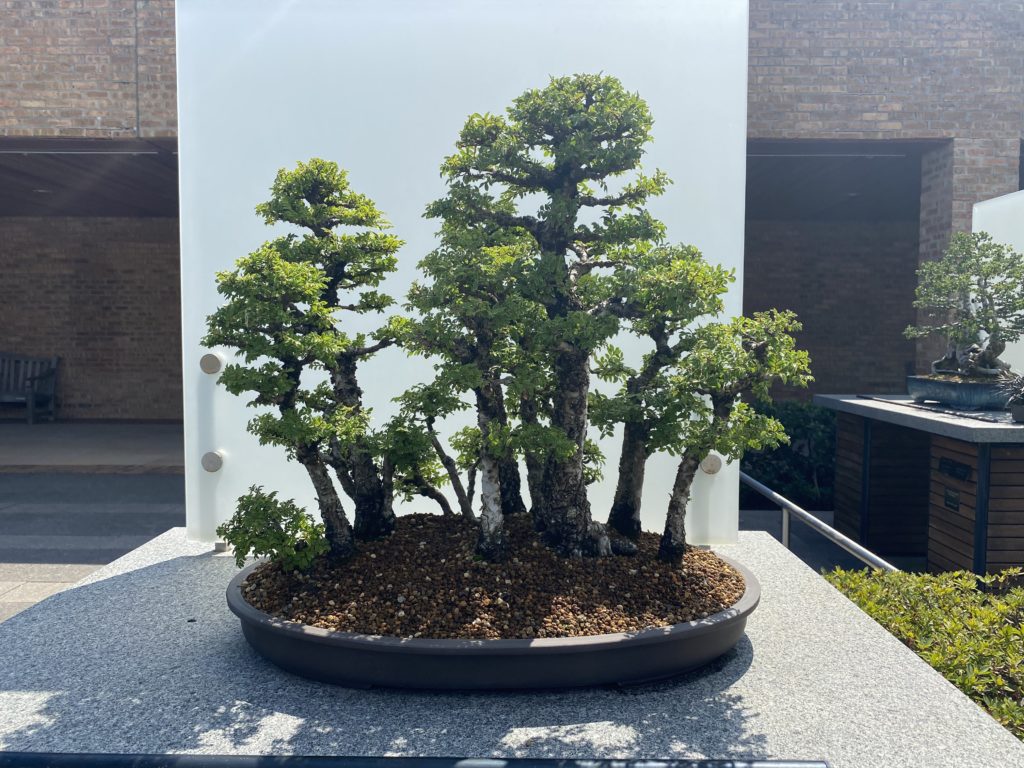
Fertilizing your bonsai plant is a crucial aspect of its care, as it requires a balanced diet of nutrients to thrive and maintain its health. To help you fertilize your bonsai plant effectively, we have compiled some tips that you can follow.
First, it is essential to choose the right fertilizer for your bonsai plant. There are various types of fertilizers available in the market, such as organic and inorganic fertilizers. However, it is crucial to select a fertilizer that is specifically designed for bonsai plants and provides a balanced mix of nutrients.
Second, always read the instructions on the fertilizer package carefully before using it. Following the recommended dosage and frequency of application is crucial to avoid over-fertilizing or under-fertilizing your bonsai plant.
Third, slow-release fertilizers are ideal for bonsai plants as they release nutrients gradually over time, providing a steady supply of nutrients to the plant.
Fourth, bonsai plants require more nutrients during the growing season, which is usually from spring to fall. Therefore, it is recommended to fertilize your bonsai plant once every two weeks during this period.
Fifthly, avoid fertilizing your bonsai plant during dormancy, which occurs during the winter months when their growth slows down. Fertilizing during this period may cause damage to the plant.
Last, always water your bonsai plant thoroughly before applying fertilizer. This helps to prevent the fertilizer from burning the roots of the plant.
By following these tips, you can ensure that your bonsai plant receives the right amount of nutrients it needs to thrive and remain healthy. However, it is crucial to remember that fertilizing is just one aspect of bonsai care, and it should be done in conjunction with other care practices such as pruning, watering, and repotting.
Pruning and Shaping Your Bonsai Plant
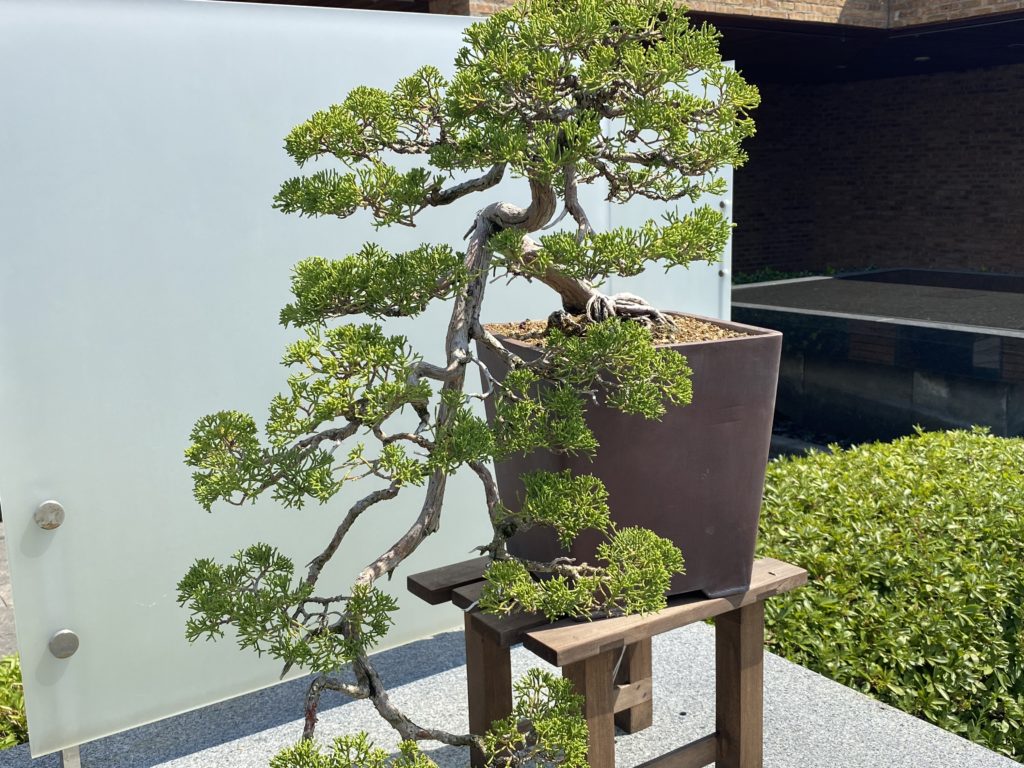
Pruning and shaping your bonsai plant is a crucial aspect of its care. It not only helps to maintain the plant’s shape and size but also promotes healthy growth. These factors measure the complexity and variations of text, respectively.
Here are some tips to help you prune and shape your bonsai plant:
Know when to prune
The best time to prune your bonsai plant is during the growing season, which is usually in the spring or summer. Avoid pruning during the winter months when the plant is dormant.
Use the right tools
To avoid damaging the plant, use sharp and clean pruning shears or scissors. Before and after use, disinfect your tools to prevent the spread of diseases.
Start with the branches
Begin by pruning the branches that are growing too long or in the wrong direction. Cut them back to a bud or a leaf node, leaving a small stub. This will encourage new growth in the right direction.
Trim the foliage
To maintain the plant’s shape and size, trim the leaves and needles. Remove any yellow or brown leaves to prevent the spread of diseases.
Wire the branches
If you want to shape your bonsai plant, you can use wire to bend the branches into the desired shape. Be careful not to wrap the wire too tightly, as it can damage the bark.
Monitor the plant
After pruning and shaping, keep an eye on your bonsai plant to ensure that it is recovering well. Water and fertilize it regularly to promote healthy growth.
By following these tips, you can keep your bonsai plant looking healthy and beautiful for years to come. Remember to be patient and gentle when pruning and shaping, as it takes time and practice to master this skill.
Repotting Your Bonsai Plant
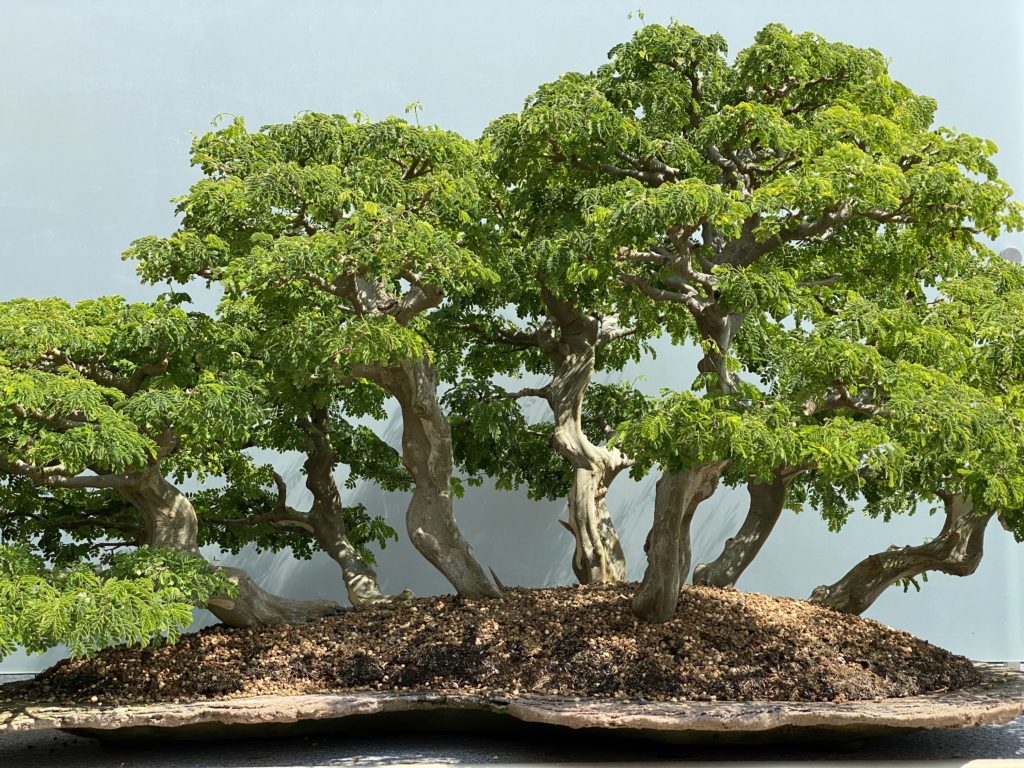
Repotting your bonsai plant is a crucial aspect of its care routine. It is highly recommended to repot your bonsai every two to three years, depending on its growth rate and the size of the pot. Here are some tips to help you repot your bonsai plant with ease:
Choose the right time
Timing is everything! The best time to repot your bonsai is during the spring season when the plant is actively growing. Avoid repotting during the winter season when the plant is dormant.
Select the right pot
The pot you choose should be slightly larger than the current pot of your bonsai. It is essential to ensure that the new pot has drainage holes to allow excess water to drain out.
Prepare the soil
The soil mix you use should be well-draining and suitable for your bonsai plant. You can also add some organic fertilizer to the soil mix to provide essential nutrients to the plant.
Remove the plant from the pot
Gently remove the plant from the pot by loosening the soil around the roots. Be careful not to damage the roots, as they are the lifeline of your bonsai.
Trim the roots
Trimming the roots of your bonsai plant is essential to encourage new growth. Remove any dead or damaged roots and trim the long roots to fit the new pot.
Repot the plant
Place the plant in the new pot and fill it with the prepared soil mix. Make sure to press the soil firmly around the roots to remove any air pockets.
Water the plant
Water the plant thoroughly after repotting to help settle the soil around the roots. Avoid fertilizing the plant for a few weeks after repotting to allow it to recover.
By following these tips, you can ensure that your bonsai plant stays healthy and thrives for years to come. Repotting your bonsai plant may seem daunting at first, but with a little practice, you can master this essential skill and become a pro at it!
Protecting Your Bonsai Plant from Pests and Diseases
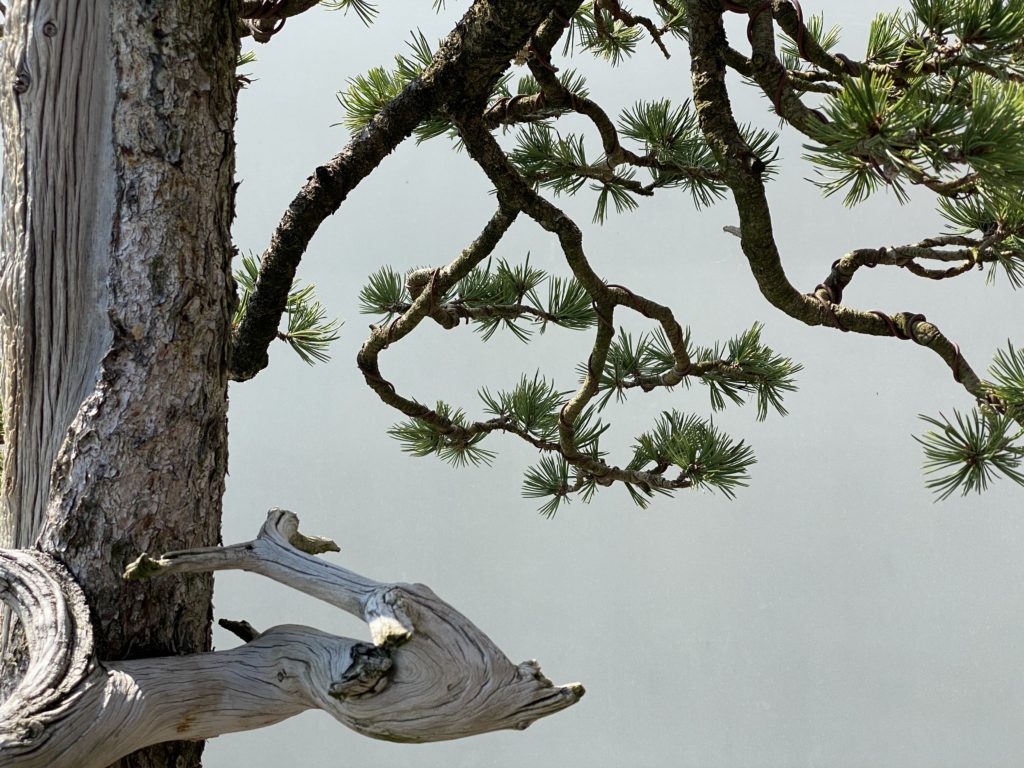
Bonsai plants, like any other plant, are prone to pests and diseases. However, due to their small container size, they are more susceptible to infestations and infections. To safeguard your bonsai plant from these threats, here are some tips to consider:
Regular inspection is key
By inspecting your bonsai plant regularly, you can detect any signs of pests or diseases early on. Keep an eye out for discoloration, spots, or holes on the leaves, stems, or trunk. Additionally, check for any signs of insects or pests such as webs, eggs, or larvae.
Keep it clean
A clean bonsai plant is less likely to attract pests and diseases. To achieve this, remove any dead leaves, twigs, or debris from the soil surface. Furthermore, wipe the leaves and stems with a damp cloth to eliminate any dust or dirt.
Organic pest control methods are the way to go
Avoid using chemical pesticides on your bonsai plant as they can harm the delicate roots and foliage. Instead, opt for organic pest control methods such as neem oil, insecticidal soap, or garlic spray. These natural remedies are effective in controlling pests and are safe for your bonsai plant.
Quarantine infected plants
If you notice any signs of pests or diseases on your bonsai plant, isolate it from other plants to prevent the spread of infection. Treat the infected plant with appropriate remedies and monitor it closely.
Proper watering and fertilization are crucial
A healthy bonsai plant is less likely to attract pests and diseases. Ensure that your bonsai plant receives adequate water and nutrients. Overwatering or underwatering can weaken the plant and make it more susceptible to infections.
Protecting your bonsai plant from pests and diseases requires regular inspection, cleanliness, organic pest control methods, quarantine of infected plants, and proper watering and fertilization. By following these tips, you can ensure that your bonsai plant remains healthy and beautiful for years to come.
Common Mistakes to Avoid When Caring for Your Bonsai Plant
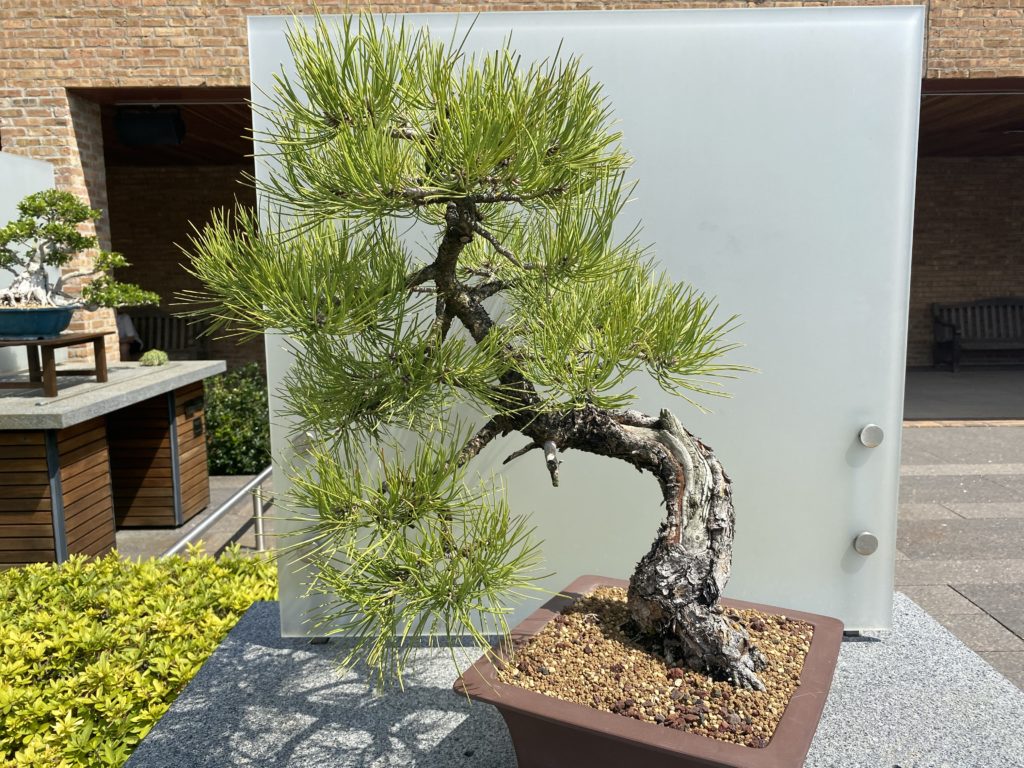
Caring for a bonsai plant can be an incredibly fulfilling experience, but it’s not for the faint of heart. It requires a great deal of patience, dedication, and attention to detail. Unfortunately, many beginners make common mistakes that can harm their bonsai plant’s health and growth. Here are some common mistakes to avoid when caring for your bonsai plant:
Overwatering
This is perhaps the most common mistake that beginners make. It’s easy to get carried away with watering your bonsai plant, but too much water can lead to root rot and other fungal diseases. Make sure to water your bonsai plant only when the soil is dry to the touch.
Underwatering
On the other hand, not giving your bonsai plant enough water can also be detrimental to its health. Bonsai plants require consistent moisture, and if the soil becomes too dry, the plant can wilt and die. Make sure to water your bonsai plant regularly, but not too much.
Lack of sunlight
Bonsai plants require a lot of sunlight to thrive. If your bonsai plant is not getting enough sunlight, it can become weak and susceptible to diseases. Make sure to place your bonsai plant in a location that receives at least six hours of sunlight per day.
Improper pruning
Pruning is an essential part of bonsai plant care, but it’s important to do it correctly. Improper pruning can damage the plant and stunt its growth. Make sure to use sharp, clean tools and only prune when necessary.
Using the wrong soil
Bonsai plants require a specific type of soil that is well-draining and nutrient-rich. Using the wrong soil can lead to root rot and other problems. Make sure to use a soil mix that is specifically designed for bonsai plants.
By avoiding these common mistakes, you can ensure that your bonsai plant stays healthy and thrives for years to come. Remember to be patient and attentive to your plant’s needs, and you’ll be rewarded with a beautiful and unique addition to your home or garden.
Conclusion and Additional Resources for Bonsai Plant Care
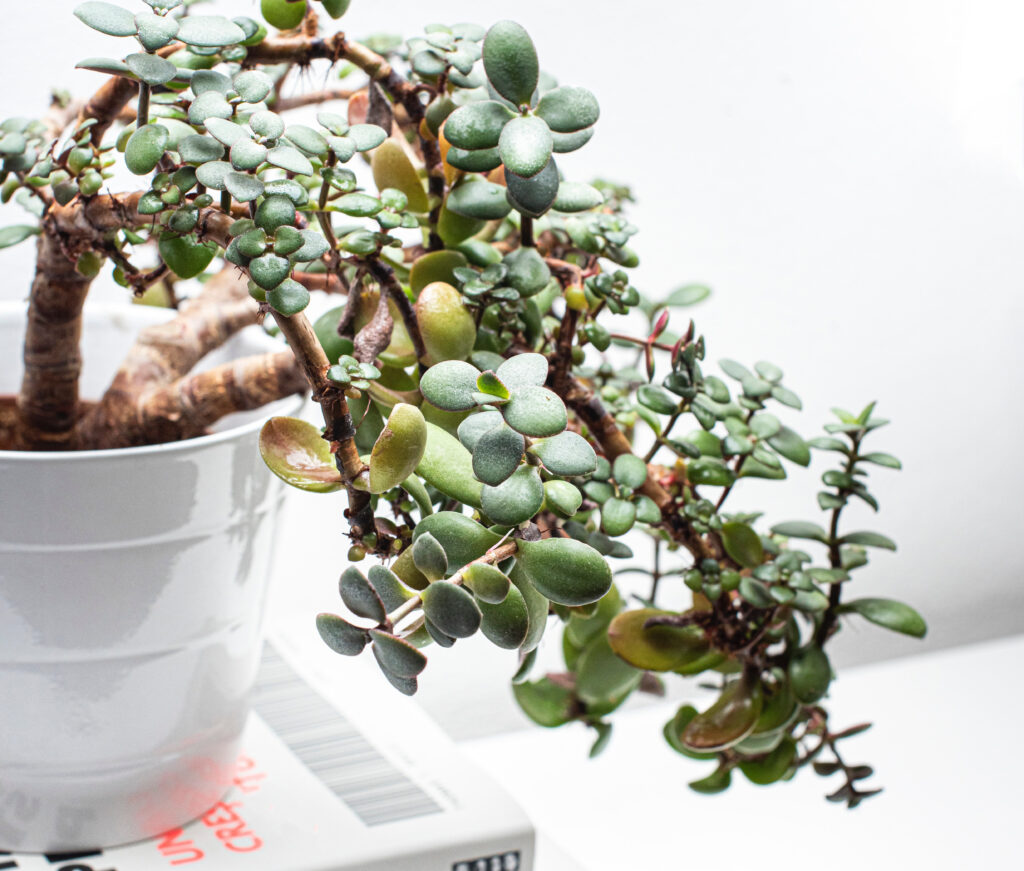
The art of caring for a bonsai plant is a complex and intricate process that requires a great deal of patience, dedication, and attention to detail. It is not a task for the faint of heart, but for those who are willing to put in the effort, the rewards can be truly remarkable.
To ensure that your bonsai plant thrives and remains healthy for years to come, it is essential to follow a few key tips. First and foremost, you must provide your plant with a suitable environment that is conducive to its growth and development. This may involve carefully selecting the right soil, pot, and location for your plant, as well as monitoring its exposure to light and temperature.
In addition to providing the right environment, you must also be diligent in your watering, pruning, and fertilizing practices. These tasks require a great deal of skill and precision, as even the slightest mistake can have a significant impact on your plant’s health and well-being.
Furthermore, it is crucial to remain vigilant for any signs of pests or disease, as these can quickly spread and cause irreparable damage to your plant. By taking prompt action to address any issues that arise, you can help ensure that your bonsai plant remains healthy and vibrant for years to come.
If you are interested in learning more about caring for bonsai plants, there are many resources available to help you. From online forums and tutorials to books and local clubs, there are countless ways to expand your knowledge and improve your skills.
By taking advantage of these resources and continuing to learn and grow as a bonsai enthusiast, you can ensure that your plant remains a beautiful and cherished addition to your home or garden for many years to come.
Frequently Asked Questions
What is the best way to water a bonsai plant?
The best way to water a bonsai plant is to water it thoroughly until the water runs out of the drainage holes at the bottom of the pot. It is important to avoid overwatering or underwatering the plant, as both can be harmful. The frequency of watering will depend on the species of bonsai and the environment it is in, but generally, it is recommended to water the plant when the topsoil feels slightly dry to the touch.
How often should I fertilize my bonsai plant?
Bonsai plants require regular fertilization to maintain their health and promote growth. The frequency of fertilization will depend on the species of bonsai and the type of fertilizer being used. Generally, it is recommended to fertilize the plant every two weeks during the growing season (spring and summer) and once a month during the dormant season (fall and winter).
Can I prune my bonsai plant anytime?
No, pruning should be done at specific times depending on the species of bonsai. Generally, it is recommended to prune deciduous bonsai plants in late winter or early spring before new growth appears. Evergreen bonsai plants can be pruned throughout the year, but it is best to avoid pruning during the winter months when the plant is dormant.
How do I know if my bonsai plant needs repotting?
There are a few signs that indicate a bonsai plant needs repotting. If the roots are growing out of the drainage holes at the bottom of the pot, or if the soil is compacted and not draining properly, it is time to repot the plant. Additionally, if the plant is not growing as well as it used to or if the leaves are turning yellow, it may be a sign that the plant needs more space and fresh soil.
Can I keep my bonsai plant indoors?
Yes, bonsai plants can be kept indoors, but it is important to provide them with adequate light and humidity. Place the plant near a window that receives bright, indirect sunlight, and mist the leaves regularly to increase humidity. It is also important to avoid placing the plant near heating or cooling vents, as this can dry out the soil and harm the plant.

